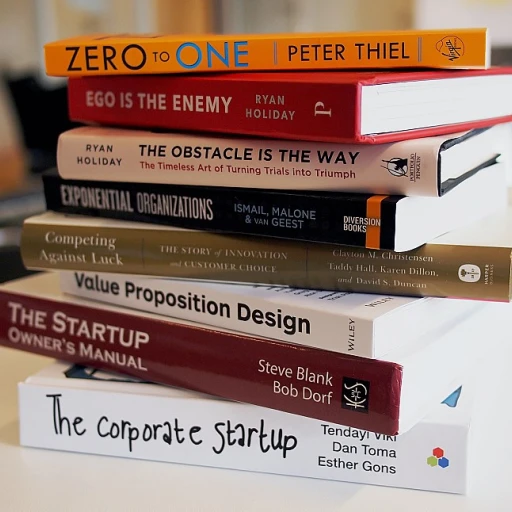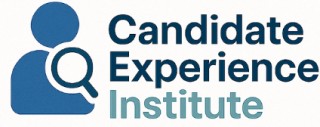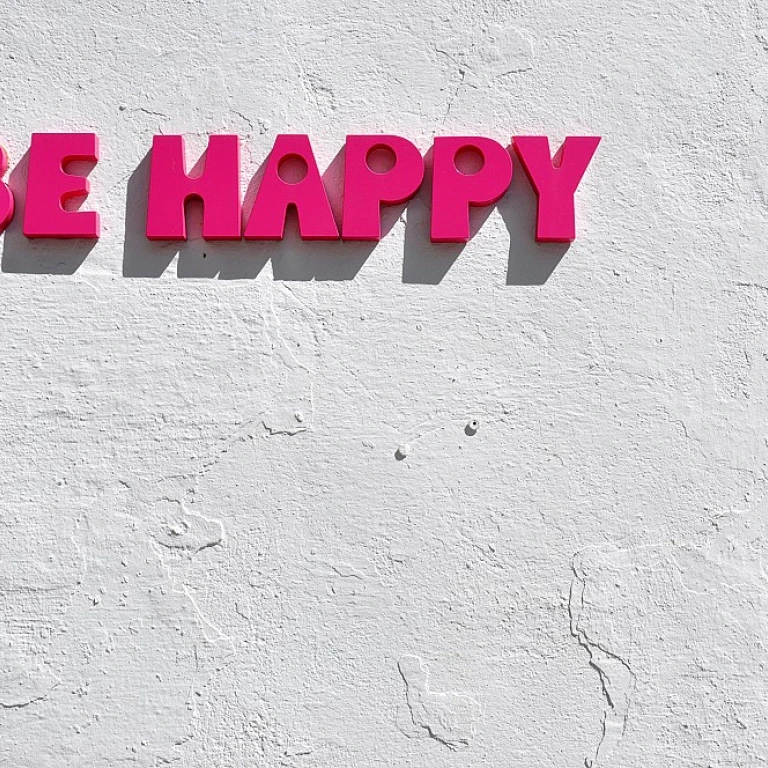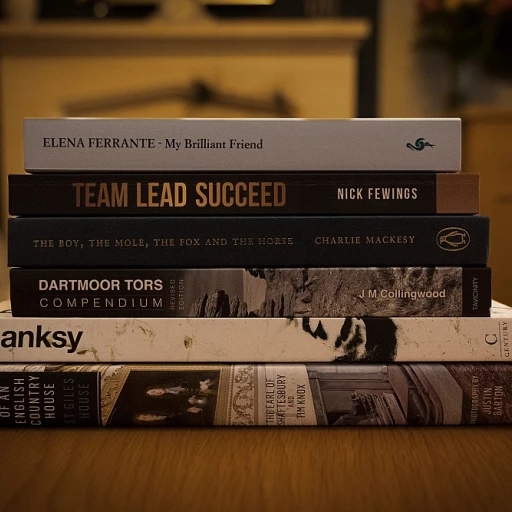
Understanding the Importance of LinkedIn InMail
Maximizing LinkedIn Opportunities
In today’s competitive job market, LinkedIn has emerged as a powerhouse platform for both job seekers and recruiters. The use of LinkedIn InMail holds immense importance in bridging the gap between applicants and potential employers. As a candidate, crafting an impactful InMail can significantly enhance your chances of opening doors to new career opportunities.
Understanding the nuances of LinkedIn InMail strengthens your ability to present yourself as a great fit for the specific role or position you are targeting. Whether you're initiating a connection with a recruiter or responding to a promising job post, the content of your message is crucial. The power of a well-crafted InMail lies in its ability to convey your skills, experiences, and enthusiasm for the position while also highlighting any mutual connections or shared interests. This personalized approach can make your application stand out, helping employers see the potential you bring to their company.
As you delve deeper into creating an InMail, consider different elements that make your message not only professional but also engaging. Tailoring your InMail to align with the industry you are targeting is key. For instance, a position in a creative field might benefit from a more vibrant tone, whereas a corporate role might necessitate a more formal and concise approach. Recognizing these nuances can make an impactful difference in how your application is perceived.
Moreover, LinkedIn offers various features that, if leveraged correctly, can augment the effectiveness of your InMail. Joining relevant LinkedIn groups or sharing insightful posts aligned with your career aspirations can reinforce the message within your InMail, providing a more robust representation of your professional persona.
Key Elements of an Effective InMail Application
Crafting a Compelling Introduction
When reaching out to a recruiter or hiring manager via LinkedIn InMail, the introduction is crucial. Start with a personalized greeting, such as "Hey [Recruiter's Name]," to establish a connection. Mention any mutual connections or shared LinkedIn groups to create an immediate rapport. This not only makes your message more personal but also shows that you have taken the time to research the company and the person you are contacting.
Highlighting Your Interest and Fit
Clearly express your interest in the specific role or opportunity. Use the job title and company name to demonstrate that your message is tailored and not a generic template. Explain why you are a great fit for the position by mentioning specific skills and experiences that align with the job requirements. This shows the recruiter that you have a genuine interest in the opportunity and have considered how you can contribute to the company.
Demonstrating Value with Specific Skills
Incorporate specific skills that are relevant to the position. Highlighting these skills not only showcases your qualifications but also makes it easier for the recruiter to see how you can add value to their team. If you are considering a career change, emphasize transferable skills that would be beneficial in the new role. This approach helps in positioning yourself as a versatile candidate open to new work opportunities.
Concluding with a Call to Action
End your InMail with a clear call to action. Invite the recruiter to connect with you or express your eagerness to discuss the opportunity further. A simple closing like "I would love to explore this opportunity with you" can leave a positive impression and encourage a response. Remember, the goal is to initiate a conversation that could lead to a potential career opportunity.
Common Mistakes to Avoid
Avoiding Pitfalls in Crafting Your LinkedIn InMail
Navigating the world of LinkedIn InMail requires a strategic approach to make sure that your message resonates and achieves the desired effect. Unfortunately, many applicants fall into common traps that can hinder their chances of showcasing themselves effectively. Here are some mistakes to watch out for:- Generic Messages: A bland, one-size-fits-all message does little to capture the attention of recruiters or hiring managers. Ensure your InMail is customized and highlights why you are a great fit for the specific position. Mention mutual connections or shared interests to create a personal touch.
- Overlooking the Role and Company: When reaching out, candidates often neglect to research the company and role they are applying for. Tailor your message to reflect an understanding of the job and how your skills align with the company's goals.
- Ignoring LinkedIn Features: LinkedIn provides various tools to enhance engagement. Don't forget to leverage these features to boost your visibility, such as joining relevant LinkedIn groups or commenting on industry posts.
- Poor Structure and Length: A well-structured InMail should be concise yet comprehensive. Avoid sending lengthy messages that may overwhelm the recipient. Clearly articulate your interest in the career opportunity and how your specific skills make you a strong candidate.
- Lack of Clear Call to Action: Always end your message with a specific call to action, such as asking for a brief meeting or seeking advice on career opportunities.
Tailoring Your InMail for Different Industries
Adapting Your InMail for Industry-Specific Needs
When crafting your LinkedIn InMail, it's crucial to tailor your message to the specific industry you're targeting. Each sector has its own nuances, and understanding these can significantly enhance your chances of making a strong impression. Here's how you can adapt your approach:
- Research the Industry: Before sending an InMail, take time to understand the industry standards and expectations. This includes familiarizing yourself with common job titles, specific skills in demand, and the typical career paths within the sector.
- Use Industry-Specific Language: Incorporate terminology and jargon that are specific to the industry. This demonstrates your knowledge and shows that you are a great fit for the role. For instance, a message to a tech company might highlight your proficiency in coding languages, while an InMail to a marketing firm could emphasize your experience with digital campaigns.
- Highlight Relevant Experience: Tailor your InMail template to showcase experiences and skills that are particularly relevant to the industry. If you're applying for a position in finance, emphasize your analytical skills and experience with financial software.
- Leverage Mutual Connections: If you have a mutual connection within the industry, mention this in your message. A mutual connection can serve as a valuable introduction and lend credibility to your application.
- Customize for Company Culture: Research the company culture and values of the organization you're reaching out to. Tailor your message to align with these values, showing that you not only have the skills but also share the company's ethos.
By tailoring your InMail to the specific needs and expectations of the industry, you enhance your chances of standing out to recruiters and making a meaningful connection. Remember, a one-size-fits-all approach rarely works in the competitive job market.
Leveraging LinkedIn Features for Better Engagement
Maximizing LinkedIn Features for Enhanced Engagement
When crafting your LinkedIn InMail application, leveraging the platform's features can significantly boost your engagement with recruiters and hiring managers. Here are some strategies to consider:
- Utilize LinkedIn Groups: Joining industry-specific LinkedIn groups can provide insights into the latest trends and opportunities in your field. Mentioning your active participation in these groups within your InMail can demonstrate your commitment and interest in the industry.
- Highlight Mutual Connections: If you share a mutual connection with the recruiter or hiring manager, mention it in your message. This can create an immediate sense of familiarity and trust, increasing the likelihood of a positive response.
- Customize Your Profile: Ensure your LinkedIn profile is up-to-date and tailored to the job title or role you are applying for. A well-crafted profile can serve as an extension of your InMail, showcasing your specific skills and career achievements.
- Engage with Company Posts: Interacting with posts from the company you are interested in can show your enthusiasm and proactive approach. Reference these interactions in your InMail to demonstrate your genuine interest in the company and its culture.
- Leverage LinkedIn Recruiter Insights: If you have access to LinkedIn Recruiter, use its insights to tailor your InMail templates. Understanding the recruiter's activity and preferences can help you craft a message that resonates with them.
By effectively using these LinkedIn features, you can create a more engaging and personalized InMail that stands out to recruiters and hiring managers, increasing your chances of landing that desired position.
Real-Life Examples and Templates
Examples of Sending InMail Messages that Work
When drafting an InMail message, leveraging specific examples can increase your chances of engaging potential employers. Here are some practical templates that showcase how candidates can tailor their communication effectively:- The "Relevance and Mutual Connection" Template: Highlighting a mutual connection can often help break the ice. Begin with a nod to the shared connection, and then briefly introduce your objective. For instance, "Hey [Recruiter's Name], I noticed we both know [Mutual Connection]. I'm enthusiastic about the opportunity at [Company] and believe my [Specific Skill or Experience] aligns well with the [Job Title] role. Could we discuss this further?" This personal touch conveys warmth and relevance.
- The "Specific Job Interest" Template: When you've identified a particular role, specificity is key. "Hello [Recruiter], I'm interested in the [Job Title] position at your company as advertised. My background in [Industry/Field] makes me a great fit, particularly with my experience in [Specific Skill]. I'd love to learn more about the opportunity." This message directly expresses why you are a strong candidate and what you seek.
- The "Career Change" Template: If you are transitioning careers, clarify your reasons and focus on transferable skills. "Hello [Recruiter], I'm exploring a career change towards [New Industry/Role] and am impressed by [Company's] dedication to innovation. My skills in [Old Job Role] have provided me with great insights related to [New Role]. I'm eager to bring these insights to your team." This message highlights openness and readiness for new challenges.
- The "Interest and Skills Highlight" Template: Expressing genuine interest in a company while aligning skills can be effective. "Hi [Recruiter], as someone fascinated by [Specific Company Aspect], I'm intrigued by recent developments at [Company]. With my expertise in [Relevant Skills], I believe there could be synergies. I'm keen to explore how I can contribute as part of the team." This demonstrates prior knowledge and passion for the company.













